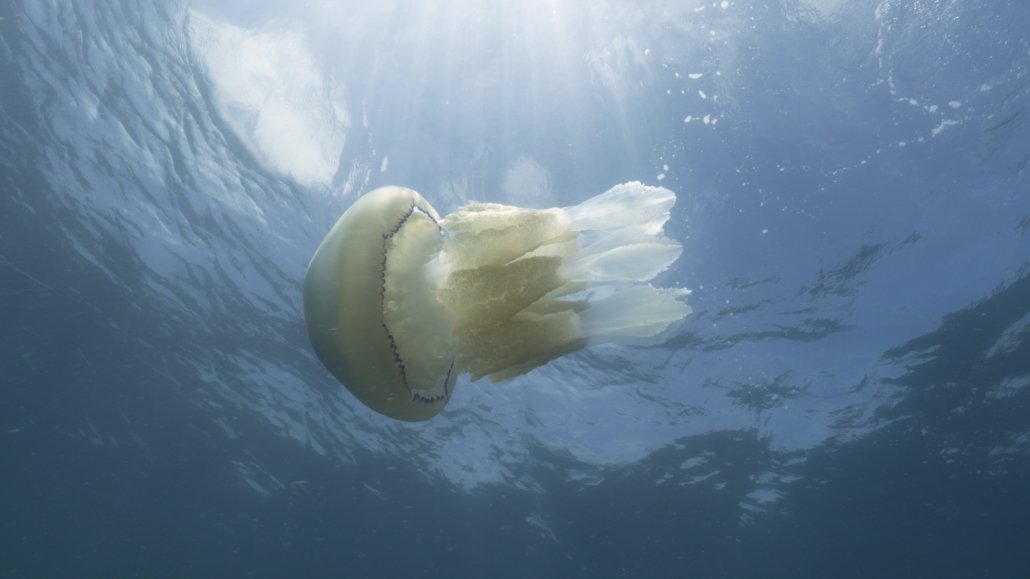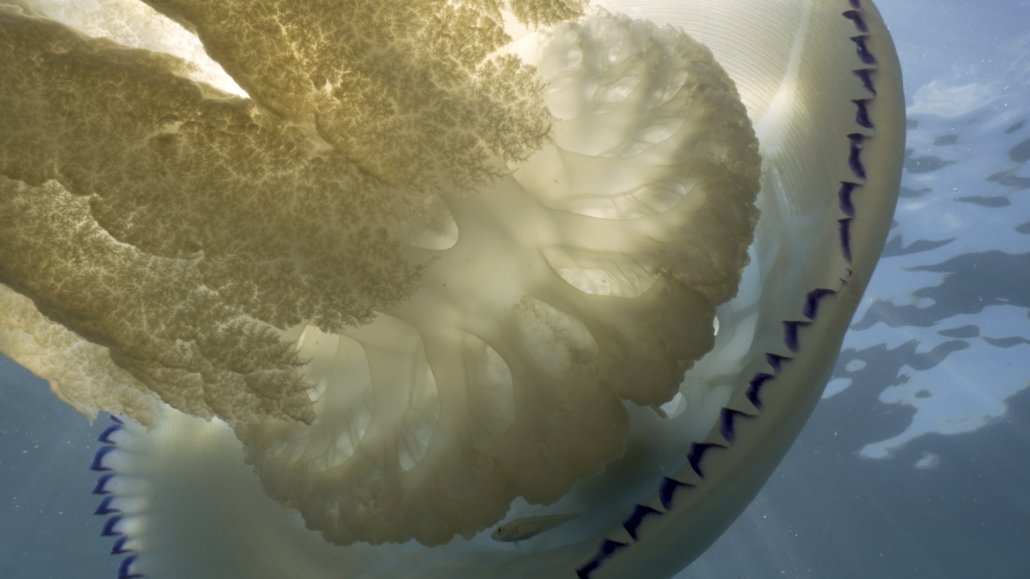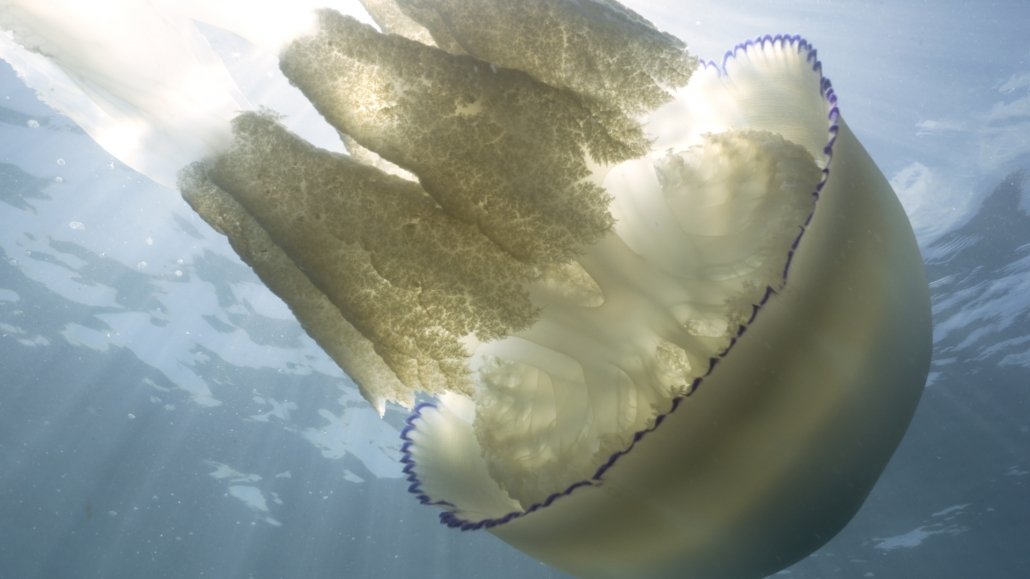A different project for we Cornish marine filming specialists. Just back from an amazing filming trip to Palau.
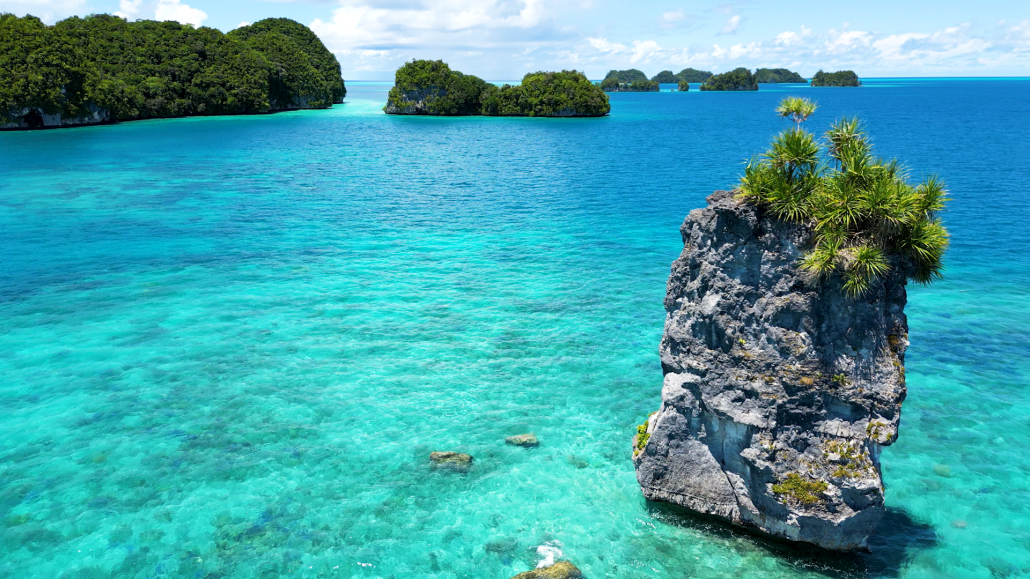
Rock Islands, Palau
While most divers go there for the great corals and fish life – plus the sharks – we went on a very different mission. Because our aim was to film the remains of the Second World War – both underwater and above. Although many people overlook them, there is a true fleet of sunken and virtually intact ships – and plane wrecks too.
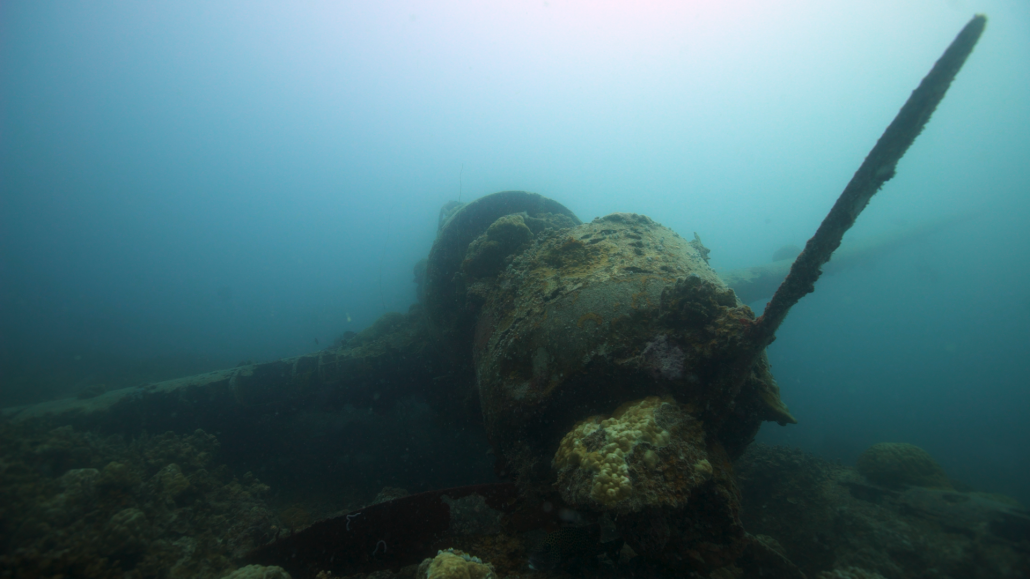
Plane wreck under the ocean
The new documentary
We had planned the expedition carefully. As this was a shoot for our next television documentary. We had our own dedicated dive boat, driver, and two very experienced underwater guides with an intimate knowledge of the wrecks.
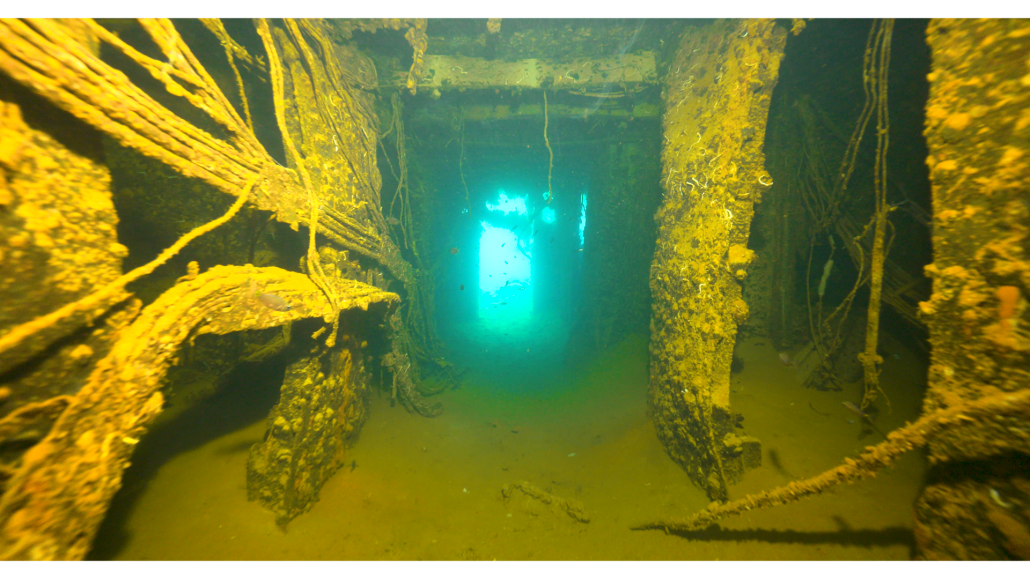
Penetrating the wreck
Palau was a crucial pivot in the Pacific War. Because not only was it a vital naval base. But it also had an airfield on Peleliu controlling vast tracts of the region. Whoever controlled the airfield had control of thousands of square miles of ocean.
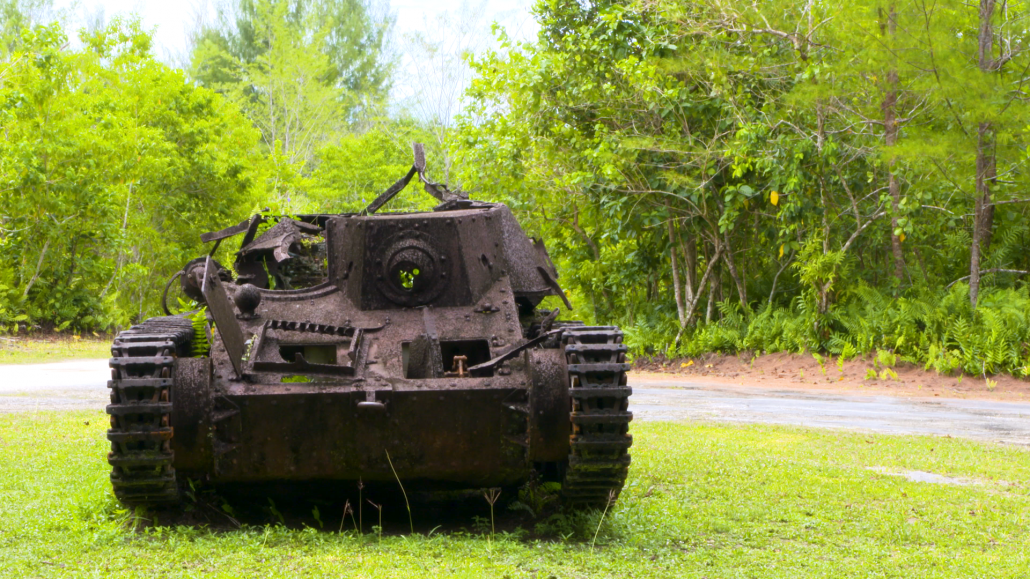
WW2 tank Peleliu
Peleliu
Peleliu was one of the bloodiest and costliest battles of WW” in the pacific. Although a tiny island just 5 miles square, it took almost 3 months for the US Marines to take. The Japanese fought to the last man – virtually the entire Japanese garrison of 11,000 was wiped out.
Today the remains of that battle litter the island – from tanks and field guns to a huge Japanese tunnel system.
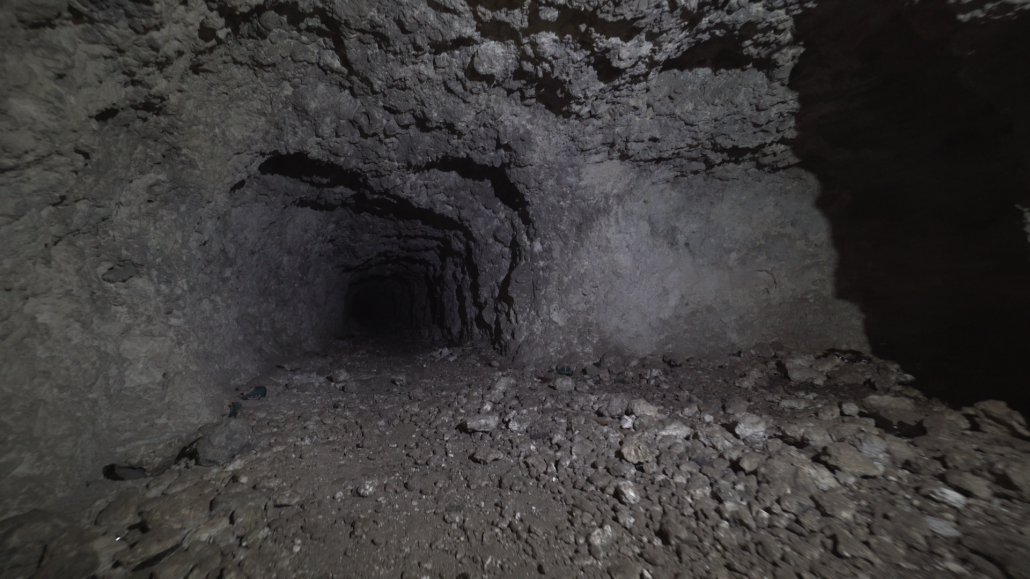
Wartime tunnel system Peleliu
Ghost Fleet
Underwater the shipwrecks are fascinating. A huge ghost fleet of intact ships. We dived deep into many of these, exploring engine rooms, cargo holds and bridges. Sometimes we found it scary – so deep inside these undersea graves that daylight never penetrated.
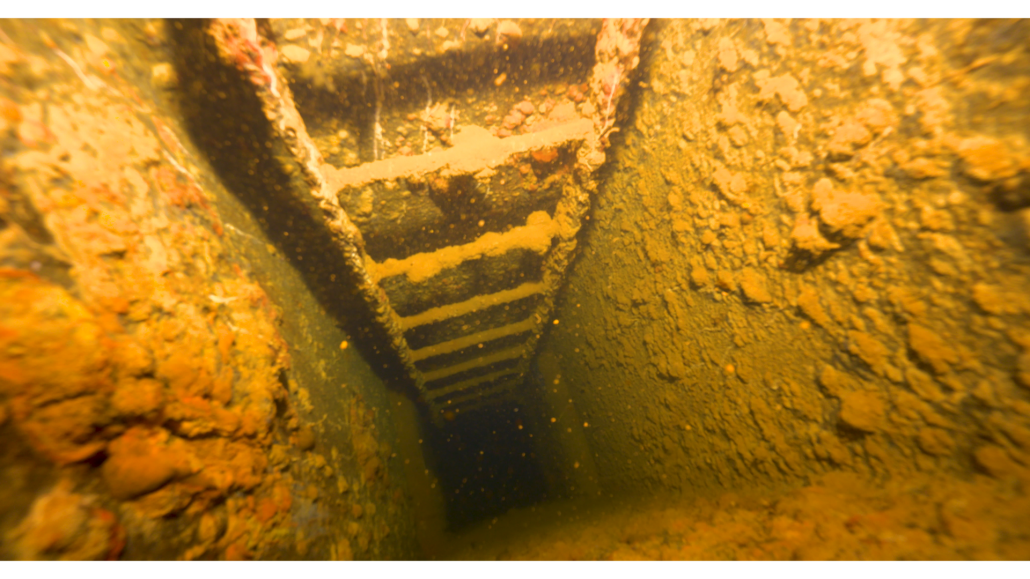
Deep into the wreck…
We have already produced one film on the remains of war in the Pacific. We have made many successful sales of our film from Truk Lagoon to television stations around the world. So we are hoping to cash in on that success with this follow-up.
Just another day’s work for the leading Cornish marine filming specialists.

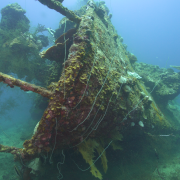 Shark Bay Films
Shark Bay Films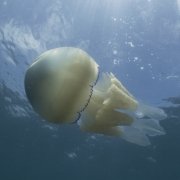 John Boyle
John Boyle